The nocturnal habits of owls can make it a challenge to confirm breeding for these mysterious species. The following guide was adapted from the article Atlasing After Dark: An Introduction to Nocturnal Surveys by Ashley Peele, the Coordinator of the recently completed 2nd Virginia Breeding Bird Atlas. It is intended to be a quick reference for planning an outing, comparing vocalizations, or deciding what habitats to focus on. We have made some modifications for North Carolina and hope to update this periodically as the NC Bird Atlas progresses. Remember: your observations are the foundation to us learning more precisely when and where owls breed in our state! Download a pdf copy here.
This article is featured in the January issue of the Quackalacky (the NC Bird Atlas Newsletter)!
Subscribe Here!
|
Species |
Habitat |
Breeding Season |
Breeding Codes |
|
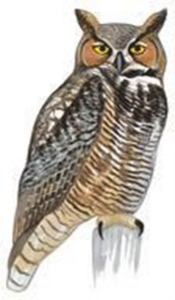
Great Horned Owl (Bubo virginianus)
|
Uncommon to fairly common, permanent resident of upland forests, but habitat use is extremely diverse: second-growth woodlands, swamps, farms, and suburbs. Almost always takes over nest built by hawk or crow, occasionally osprey. |
Courtship: begins as early as Oct
Eggs: Dec-Mar Incubation: 30-37 d Fledglings: Feb-Jun |
S7 hooting 7+ nights apart C Courtship Display, “duetting” ON Occupied Nest FL Fledged Young; juvenile call |
|
|
(Strix varia)
|
Fairly common to common, permanent resident of swamps, river bottoms, and moist woodlands. Nest in large, natural cavities, but will occasionally use large stick nests of other birds of prey. |
Courtship: begins Jan
Eggs: as early as Dec, Feb-Apr Incubation: 28-33 d Fledglings: Mar-Apr |
S7 hooting 7+ nights apart C Courtship Display, “duetting” FL Fledged Young; juvenile call |
|
|
(Tyto alba)
|
Rare to uncommon, permanent resident, except on highest mountains. In the eastern U.S., owls usually prefer barns, silos, other structures in rural, agricultural landscapes. Will use natural cavity and nest boxes. |
Limited data available
Courtship: begins Dec-Jan Incubation: 29-34 d Fledglings: Mar-Apr |
S Singing; classic scream call S7 hooting 7+ nights apart FL Fledged Young |
|
|
(Megascops asio)
|
Fairly common to common permanent resident of woodlands, preferably conifers throughout the Carolinas. Nests in natural cavities, old woodpecker holes, unused chimney, and large nest boxes. |
Courtship: begins Jan-Mar
Eggs: Apr-Jun Incubation: 26 d Fledglings: May-Aug |
S7 hooting 7+ nights apart; descending whinny ON female on nest, possible w/nest boxes FL Fledged young, juvenile call |
|
|
(Aegolius acadicus)
|
Rare – breeds in old woodpecker cavities where spruce-fir stands meet hardwoods above 4000’ ft. elevation; scarce winter resident in dense pines and cedars throughout the state. | Courtship: begins Mar-Jun
Eggs: Apr Incubation: 27-29 d Fledglings: May-Sep |
S7 hooting 7+ nights apart; insistent notes C Courtship Display; male/female duets FL Fledged young, juvenile call |
|
— John Carpenter is the Eastern Landbirds Wildlife Diversity Biologist for the NC WRC




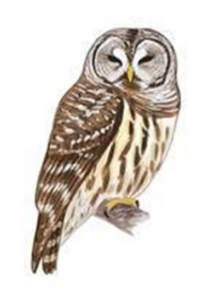 Barred Owl
Barred Owl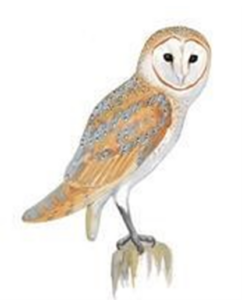 Barn Owl
Barn Owl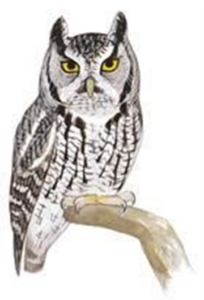 Eastern Screech Owl
Eastern Screech Owl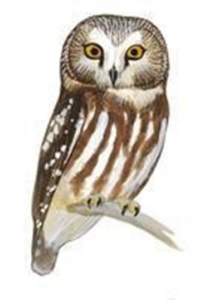 Northern Saw-whet Owl
Northern Saw-whet Owl